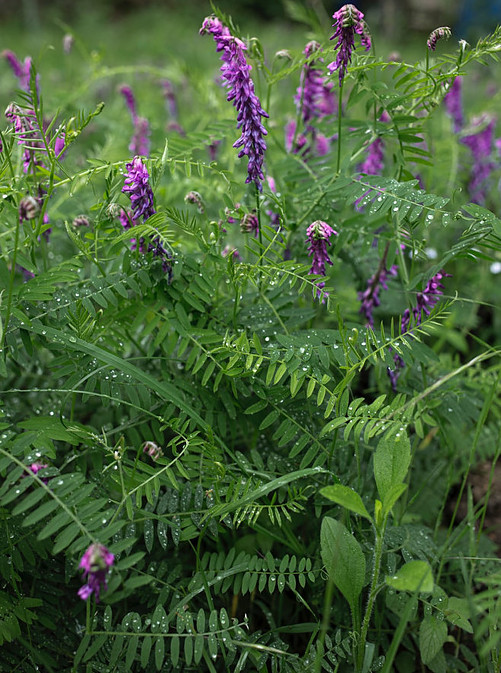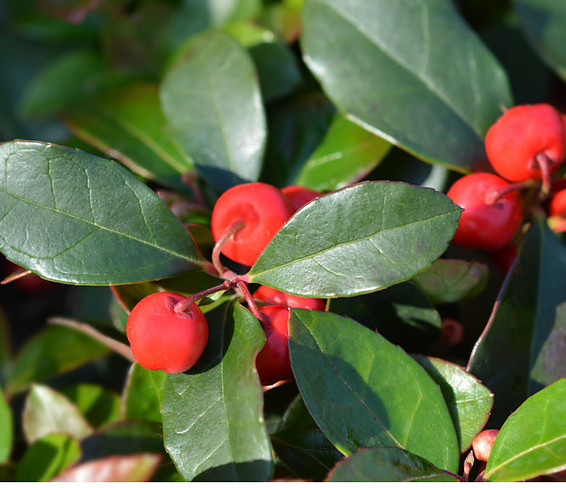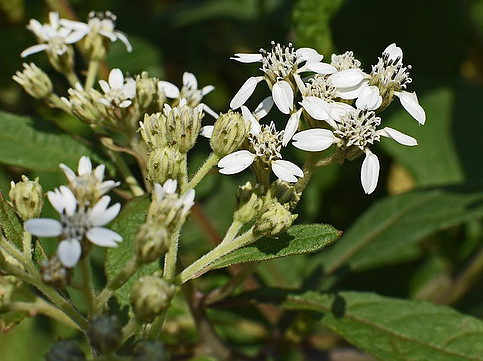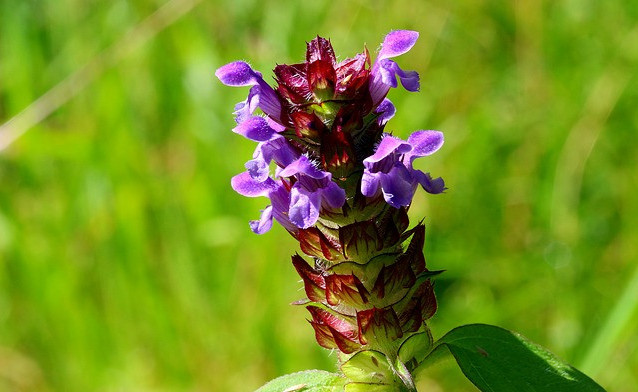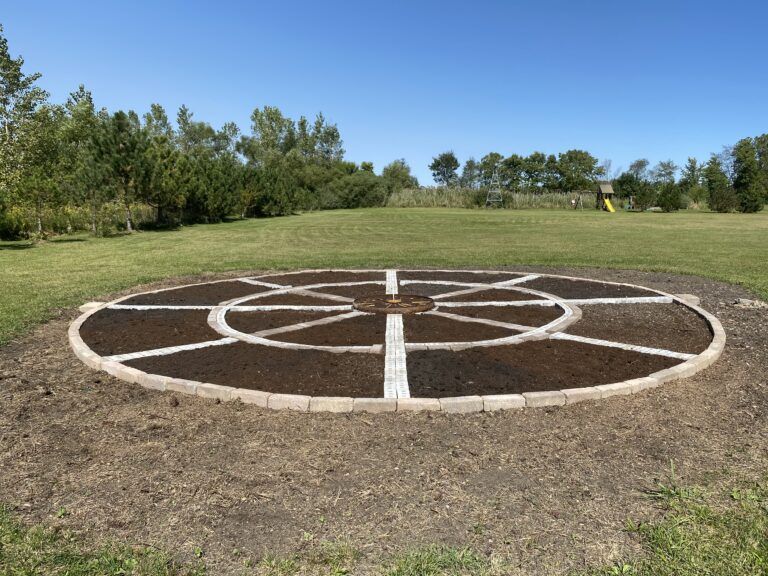Common Name: Sage or Meadow Sage
Latin Name: Salvia officinalis
Annual/Perennial: Perennial, can be grown as an annual
Sun/Shade: Sun
Height/Width: 2-4 feet
Bloom Time: Gather in June and July
Zone: 5-9
Parts of Plant Used: Leaves
Medicinal Benefits: antiseptic, antibacterial, anti-infectious, antiviral, antibiotic, aromatic, tonic, astringent, digestive, brain stimulant, expectorant, antispasmodic, sore throat, colic, intestinal, heals wounds, sores, insect bites, stimulent, dieuretic, nervine, immune system, bones, joints, muscles, circulatory system, first aid, promotes strong blood circulation, substitute for quinine (and is more effective), fever, indigestion, gas, kidney and liver issues, throat, nasal, hair tonic, expels worms, stops hemorrhage of wounds cleanses sores and ulces.
Ways to Use: mouthwash, infusion (never boil), lintment, cream, ointment, tonic, tea
Recipes: Nightsweats – Drink 1 cupful of cold sage tea, 2x daily.
Infusion – 1 ounce Sage leaves cut, 1 3/4 pints of distilled water, 4 ounces glycerine. Boil the water and pour it over the herb, over and steep for 20 minutes. Strain, Add glycerine and bottle with a tight cap. Keep in a cool place. Dosage: 2 fluid ounces, 3-4x a day.
Gargle or Mouth Wash – 1 ounce Sage leaves cut, 2 ounces Honey (Wild or Melaleuca Honey), 1 pint just under boiling water. Steep Sage in the water until it cools. Strain. Add the honey and stir.
Stomach Tonic – I drop Sage EO, 3 drops Wormwood EO, 1 drop Juniper Berry EO, 2 drops Peppermint EO, 10 drops Almond Oil. Combine all and rub on abdomen.

